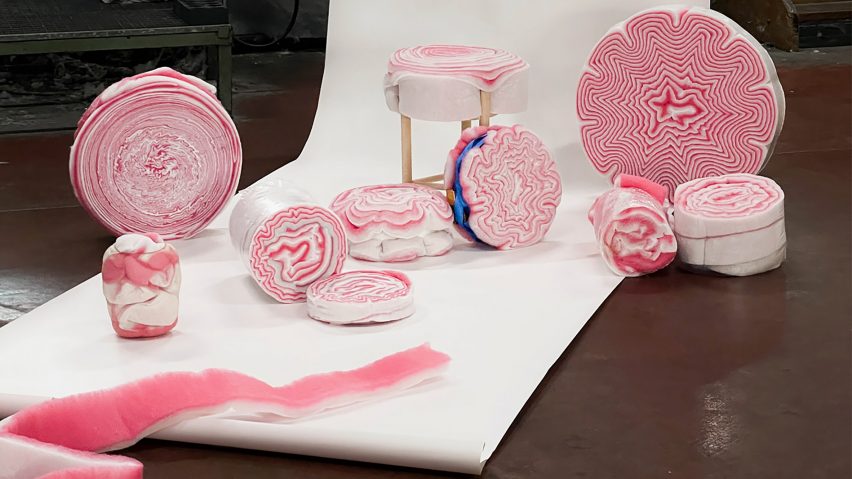
Eleven product design projects by students at Lucerne School of Design, Film and Art
Dezeen School Shows: a shoe produced using flax that demonstrates the strengths of compostable materials is included in Dezeen's latest school show by students at Lucerne School of Design, Film and Art.
Also included is a project exploring fleece as a reclaimed material within the home and glassware designed as assistive objects.
HSLU – Lucerne School of Design, Film and Art
Institution: Lucerne University of Applied Sciences and Arts
School: Lucerne School of Design, Film and Art
Course: Bachelor Object Design
Tutors: Christoph Schindler, Andreas Saxer, Christof Sigerist, Thai Hua, Miriam Nietlispach, Mònica Gaspar, Dagmar Johanna Steffen, Thomas Wüthrich, Thomas Skelton-Robinson, Marije Vogelzang, Anna Blattert, Florian Hauswirth, Guy Markowitsch and Bigna Suter
School statement:
"Object designers design products – and thus shape the way we as consumers will perceive, select, use, value and reuse products in the future.
"We regard the heritage of industrialisation as an indispensable source of know-how in the use of materials, manufacturing technology, ergonomics and functionality.
"But we also recognise that the side effects of industrialisation stand in the way of a future worth living.
"This is a balancing act we face – material cycles and reuse, intelligent linking of digital technology with craftsmanship, regional production, commoning, transdisciplinary cooperation and, last but not least, responsible consumer behaviour.
"Object designers think and design for a future-proof society."
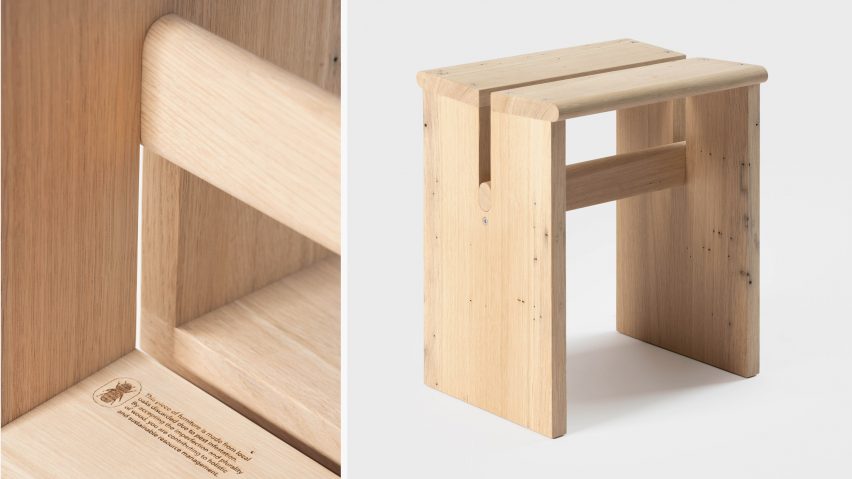
Re: by Noah Salomon Elsler
"Global warming requires a paradigm shift in the timber sector – even hardwoods such as oak trees are increasingly at risk of pest infestation.
"Due to industry standards, this so-called damaged timber is removed and often too hastily incinerated without considerations of alternative uses, further contributing to increased carbon emissions.
"Salomon Elsler questions the current handling of wood in furniture design and strives towards increasing resource efficiency – in his work, the worm burrows embody natural traces of human-made climate change.
"The appreciation of this rejected timber follows holistic and sustainable thinking, design and production.
"The project addresses SDG 12 responsible consumption and production, SDG 13 climate action and SDG 15 life on land."
Student: Noah Salomon Elsler
Course: Bachelor Object Design
Tutors: Dr Dagmar Johanna Steffen and Thai Hua
Email: salomon[at]elsler.net
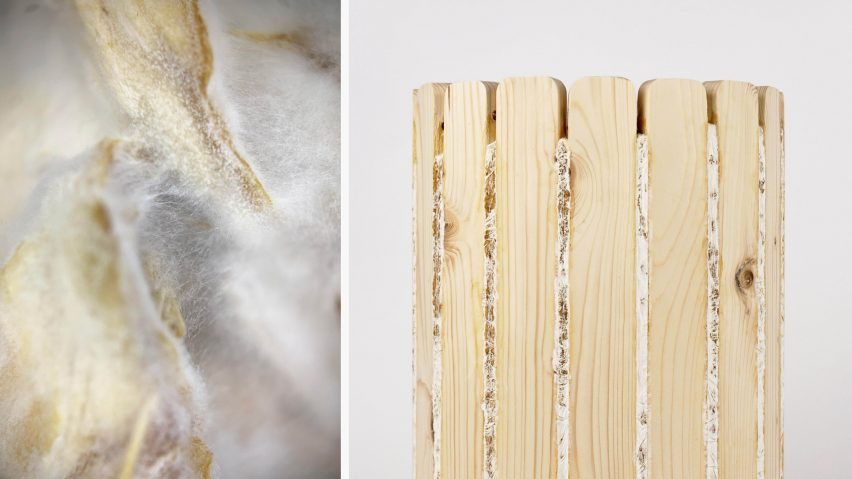
Hyphae – Organic Growth-Binding Inventory by Jessica Celis
"Reflecting on our material consumption and expectations, Jessica Celis follows an approach that orientates itself on the rhythms of nature towards a common goal.
"By cultivating her own material, she enters into a co-design partnership with living mycelia with the aim of creating synergy and generating deep insights into patience and adaptation.
"Jessica introduces design possibilities as to how, with the help of 'hyphae' (the fungus branches), mycelium can be used as a biological binder.
"She demonstrates mycelium's potential for degradability and regenerative growth through reactivation – for repair, redesign and rebinding.
"The project addresses SGD 12, responsible consumption and production."
Student: Jessica Celis
Course: Bachelor Object Design
Tutors: Andreas Saxer and Monica Gaspar
Email: jessica.v.celis[at]gmail.com
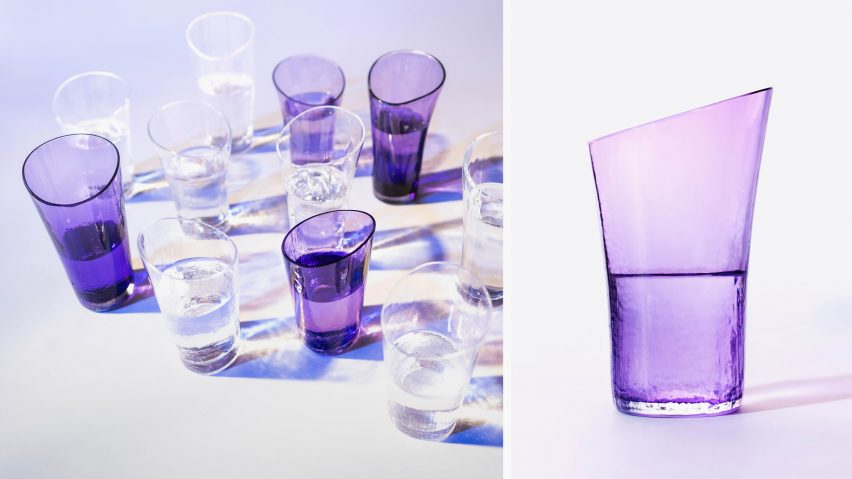
0815 – Drinking glasses for people with difficulty swallowing and/or restrictions in neck movement by Raphael Zwygart
"The aesthetics and choice of materials for assistive objects can leave the people who use them stigmatised, prompting them to reject them.
"0815 is a collection of drinking glasses designed to reverse this situation.
"They promote the inclusion of people with difficulty swallowing and/or restrictions in neck movement, which can often occur due to Parkinson's disease and multiple sclerosis among other conditions.
"On a laid out table at which all the guests have the same type of glass, those affected can take part in the gathering without having to feel ashamed.
"The project addresses SDG 3, good health and wellbeing, and SDG 10, reduced inequalities."
Student: Raphael Zwygart
Course: Bachelor Object Design
Tutors: Dr Dagmar Johanna Steffen and Christof Sigerist
Email: raphael[at]studiozwygart.ch
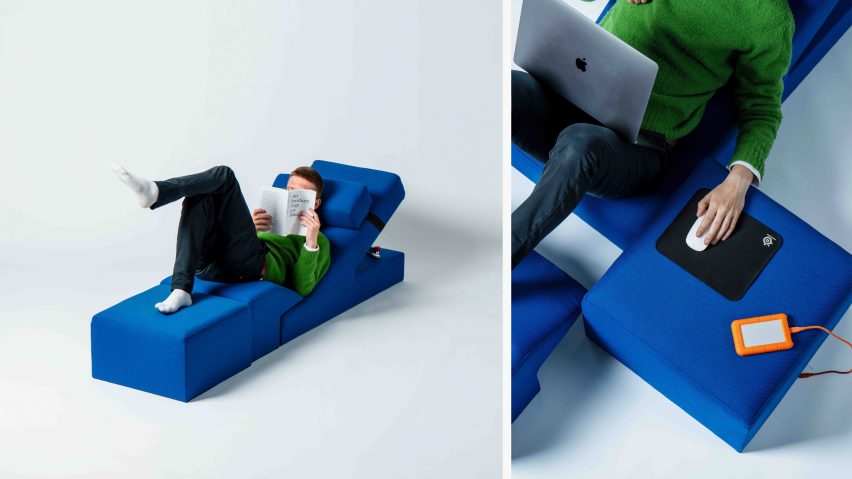
Gustav – working in a laidback position by Timothy Widmer
"Working lying down is seldom seen in office environments.
"This project – named Gustav – addresses what the integration of this work position could look like in an office setting.
"The multi-part lounge object can be assembled when wanted and invites the user to adopt various different horizontal work positions.
"The multi-components allow different constellations to be created – from an individual workspace to a conversation pit.
"The project addresses SDG 3, good health and wellbeing."
Student: Timothy Widmer
Course: Bachelor Object Design
Tutors: Andreas Saxer and Mònica Gaspar
Email: tim_widmer[at]gmx.ch
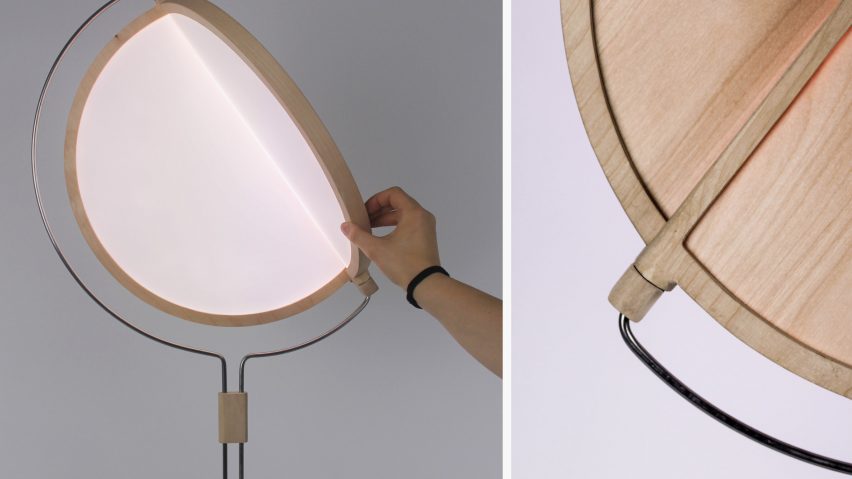
SOLNA light by Nadine Werner
"We are surrounded by light every moment – it gives orientation and creates structure.
"Mechanisms that occur in our body also act on light – it functions as a timekeeper that gets us up in the morning and lets us rest in the evenings.
"Subconsciously, our behaviour sometimes synchronises with the mood of the light – medicine has also recognised this fact and uses the effect of light to treat depression.
"Nadine Werner's Solna light creates an awareness of the impact of light and supports the user throughout the day with various lighting moods.
"The project addresses SDG 3, good health and wellbeing for all at all ages."
Student: Nadine Werner
Course: Bachelor Object Design
Tutors: Mònica Gaspar and Christof Sigerist
Email: info[at]werniture.design
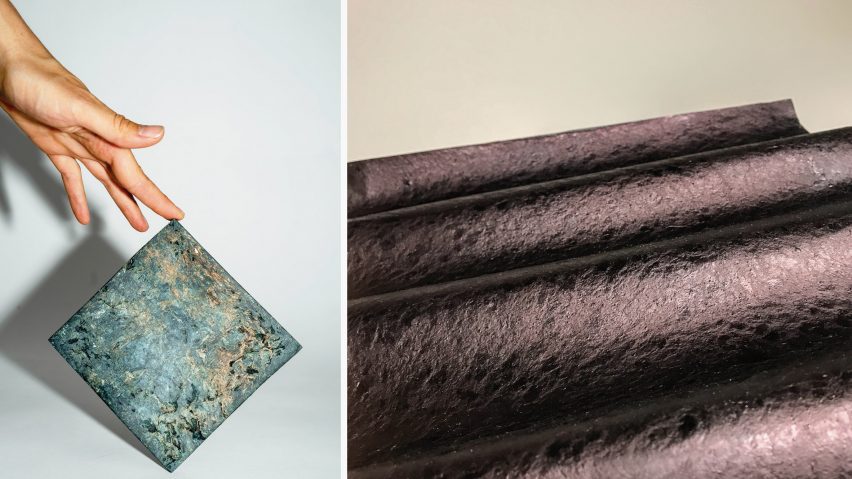
Fersyn – Resilience Lab by Nathan Werlen
"Sustainable material concepts are the cornerstones for an environmentally conscious society.
"What if we could find more environmentally friendly alternatives to conventional materials?
"Biomaterials such as bacterial cellulose have the potential to make us re-think the relationship between culture and nature.
"In an experimental, practice-focused dialogue between material and human being, Nathan Werlen explores the potential for a resilient future – biological, regenerative and local.
"Fersyn addresses SDG 9, industry, innovation and infrastructure, and SDG 12, responsible consumption and production."
Student: Nathan Werlen
Course: Bachelor Object Design
Tutors: Miriam Nietlispach and Mònica Gaspar
Email: nathan.werlen[at]hotmail.com
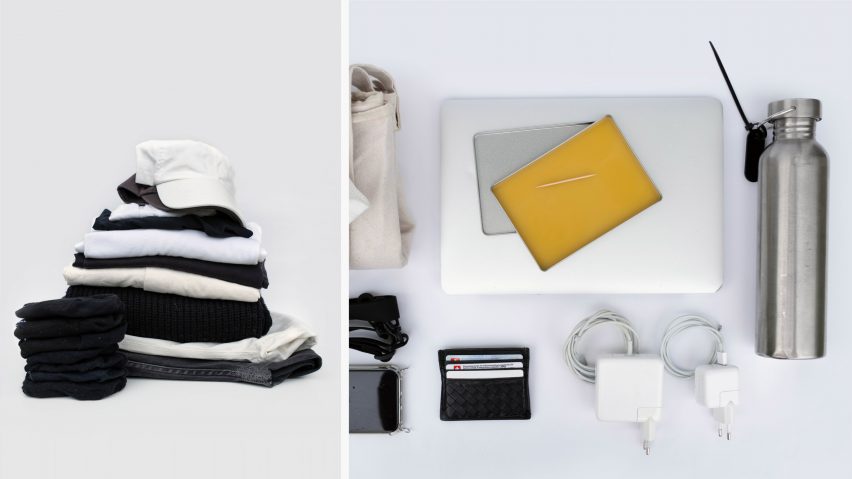
The kind of designer I don't want to be by Ruben Borer
"This work is an attempt to document Ruben Borer's journey to answer a question that emerged through these studies: is there a sustainable way to do product design?
"It strongly follows the argument of degrowth, where sufficiency is believed to be the only sustainable way to reinstitute an equilibrium with the one ecosphere that provides for us – our planet.
"Ruben found that sustainable design starts with the understanding of how to live more sufficiently oneself – lead by his example.
"This work doesn't follow the SDGs in the sense that they remain growth-orientated and fail to mirror my current understanding of sustainability."
Student: Ruben Borer
Course: Bachelor Object Design
Tutors: Thai Hua and Dr Dagmar Johanna Steffen
Email: rb[at]rubinzki.com
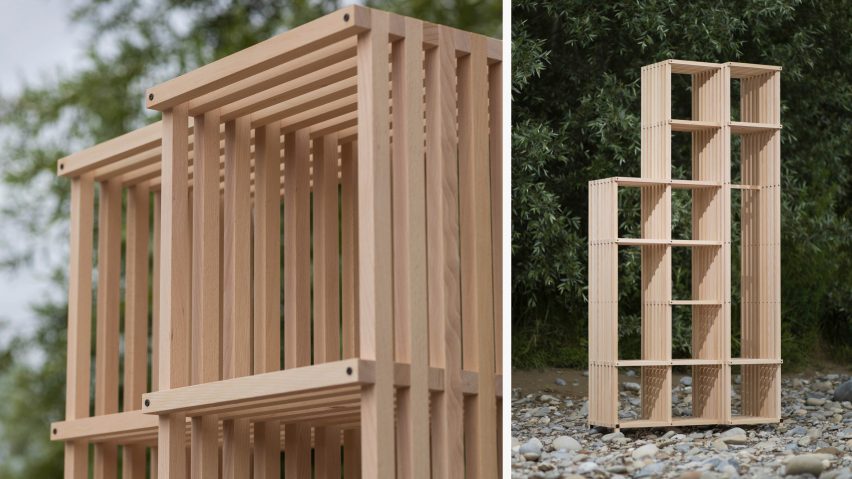
Rast by Sebastian Erb
"Furniture doesn't simply involve functional home-furnishing items, they also contribute to our feeling of wellbeing and mirror our personalities.
"Sebastian Erb's furniture system Rast responds to the need for sustainability in a fast-moving society.
"Suited for various different home settings and at the same time entirely demountable, it acts as a functional circular model at many levels.
"Rast can only be rented – it saves resources, promotes re-manufacturing and thus generates circularity.
"The project addresses SDG 12, responsible consumption and production."
Student: Sebastian Erb
Course: Bachelor Object Design
Tutors: Andreas Saxer and Dr Dagmar Johanna Steffen
Email: sebastian.erb[at]gmx.ch
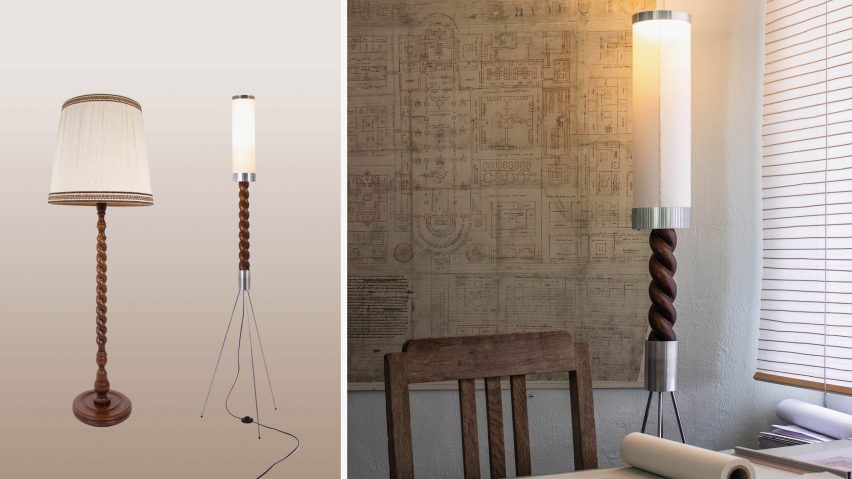
Vreude (Middle High German for 'Freude' meaning joy or happiness) by Vanessa Huwiler
"Switzerland is amongst the countries that produce the most amount of household waste per capita, including bulky refuse.
"Vanessa Huwiler's goal is to combat the short lifecycles of objects, suggesting the use of 'emotion design' in her own practice.
"With her idea that designing with joy creates durable objects, she collects objects that have been given away, analyses them both aesthetically and functionally and develops ideas that create their own sense of happiness.
"This joy is transferred to the newly designed home objects in the form of movement and is tangible through interaction.
"The project addresses SDG 12, responsible consumption and production."
Student: Vanessa Huwiler
Course: Bachelor Object Design
Tutors: Miriam Nietlispach and Mònica Gaspar
Email: vanessa.huwiler[at]icloud.com
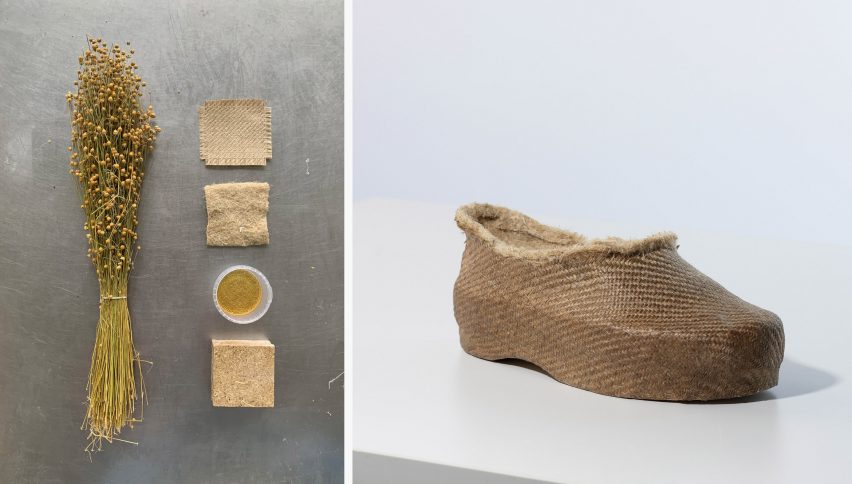
Fibræ by Mattia Gagliano
"As one of the first plants ever cultivated by humans, flax is currently experiencing a renaissance in Switzerland.
"The traditional material is being used more and more in various products and industries, albeit often in combination with composites that have a negative impact on their recyclability.
"Mattia Gagliano's goal is to demonstrate the versatility of flax as a plant, to abstain from combinations with non-compostable material and to retain flax's natural characteristics.
"The project addresses SDG 12, responsible consumption and production."
Student: Mattia Gagliano
Course: Bachelor Object Design
Tutors: Mònica Gaspar and Thai Hua
Email: mattia_ga[at]hotmail.com
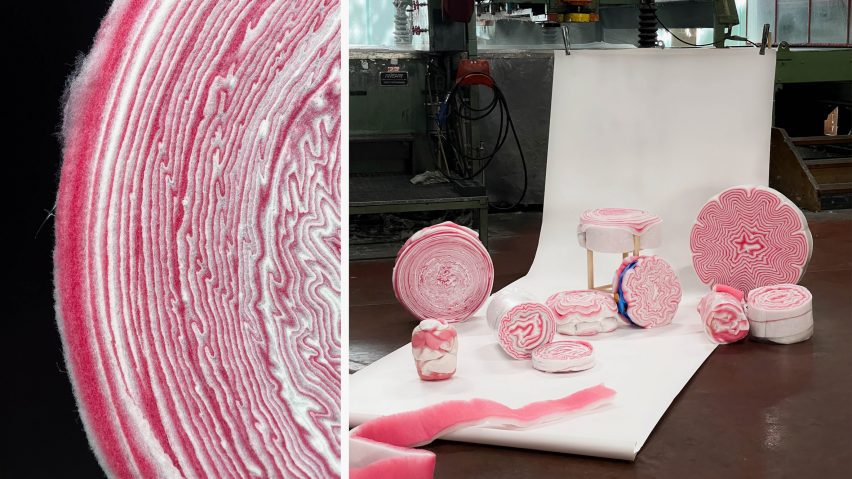
Sweet Scraps by Lisa Blaser
"The industrial waste generated by many manufacturers remains invisible to the public eye.
"This includes the cut-offs from a commonly used synthetic fleece that is produced in linear metres – the pristine leftover material that is generated is currently incinerated.
"In cooperation with the manufacturing company Jakob Härdi AG, Lisa Blaser has undertaken wide-ranging research to give the leftover material new value, at the same time as demonstrating its design-application potential using the example of home contexts.
"The investigation proposes a creative, playful and joyful approach to the leftover material and questions how we treat resources.
"The project addresses SDG 12, responsible consumption and production."
Student: Lisa Blaser
Course: Bachelor Object Design
Tutors: Christof Sigerist and Dr Dagmar Johanna Steffen
Email: blaser.lisamaria[at]gmail.com
Partnership content
This school show is a partnership between Dezeen and Lucerne School of Design, Film and Art. Find out more about Dezeen partnership content here.